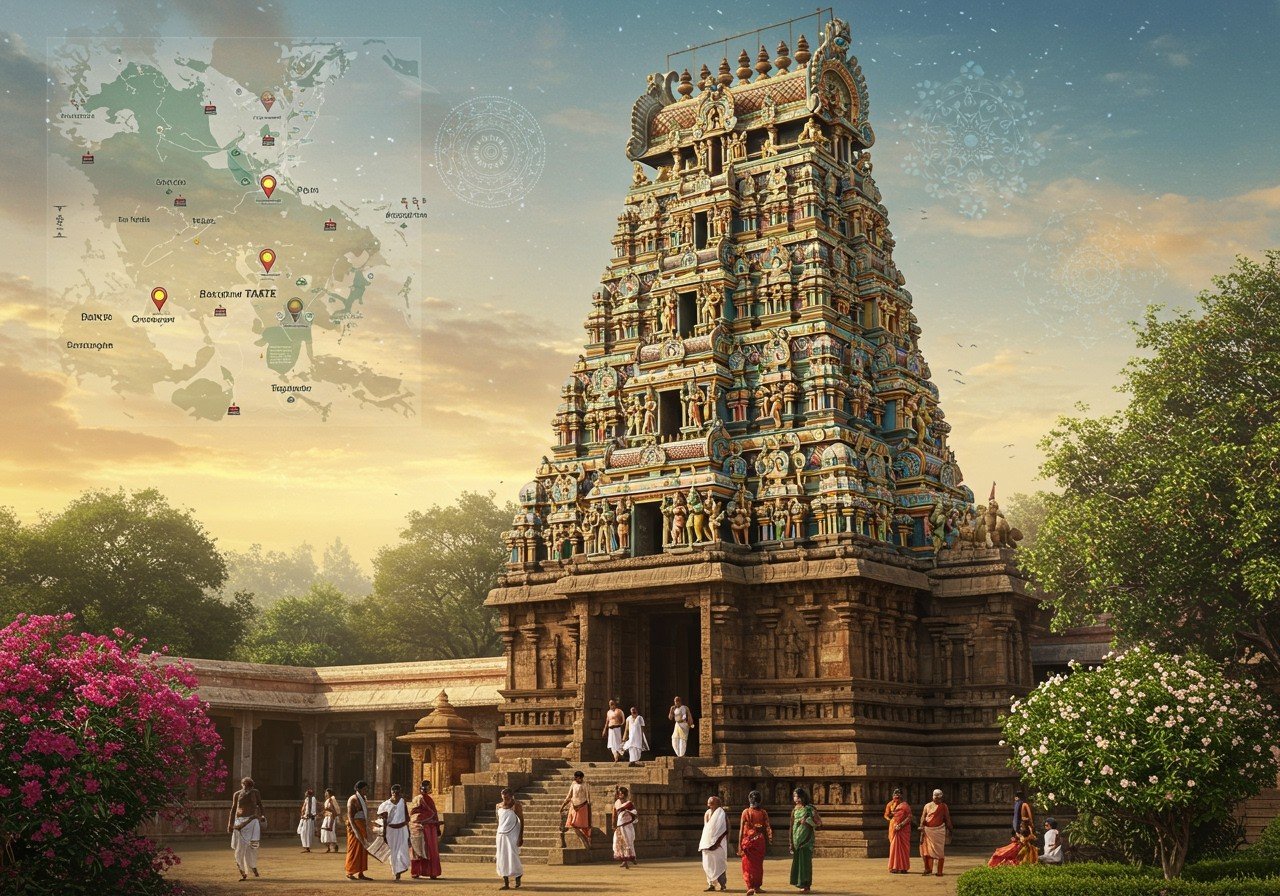
Namaste! In the vast, vibrant tapestry of India’s history, some stories shine brighter than others, not because of their size, but because of their heart. Tucked away in the heart of Karnataka is one such tale – the story of Sandur State. For those of us who hold our traditions close and cherish our heritage, exploring the journey of this former princely state is like uncovering a hidden treasure. It’s a story of courage, progressive thinking, and a deep, unshakable cultural identity.

The Dawn of a Maratha Principality
The story of Sandur begins in 1713 with a visionary Maratha noble, Shrimant Sidalji Ghorpade. Under the stewardship of the Ghorpade dynasty, Sandur wasn’t just another piece of land; it was a kingdom built with purpose. Its strategic location and rich iron ore mines made it significant, but it was the vision of its rulers that truly shaped its destiny. They laid a foundation that would allow Sandur to flourish for centuries.
A Journey Through Time: Annexations and Alliances
Like many kingdoms of its time, Sandur’s path was filled with twists and turns. The state’s resilience was tested time and again. For a period between 1776 and 1790, it was annexed by the mighty Mysore Kingdom. Later, from 1817 to 1818, it came under the rule of the Maratha Peshwa’s Dominions. Finally, on July 1, 1818, Sandur formally became a British protectorate, navigating the complex political currents of the era while holding on to its unique identity.
A Visionary Kingdom: Sandur’s Progressive Heart
What truly sets Sandur apart and makes its legacy so inspiring is its forward-thinking approach to governance and society. Long before these ideas became a nationwide call, the rulers of Sandur were planting the seeds of social reform. They championed incredible, progressive policies that were revolutionary for their time.
- Social Equality: In a remarkable move, Sandur became one of the first states to open its places of worship to all castes. They took a firm stand against untouchability, working to build a society where everyone was treated with dignity and respect.
- Education and Arts for All: The Ghorpade rulers were passionate patrons of education and the arts. They established cultural institutions and fostered an environment where local artisans could thrive, promoting beautiful crafts like textiles and pottery that are a cherished part of our heritage. This deep appreciation for culture is something we can all connect with.
Architectural Grandeur and Cultural Flourishing
The rulers’ love for culture is immortalised in the state’s architecture. The magnificent Shivavilas Palace, completed in 1940, is a breathtaking example of this. It beautifully blends Western and Indian styles, standing as a proud testament to the grandeur and refined taste of the Sandur royal family. Today, serving as a hotel and museum, it invites us to step back in time. This rich heritage is reflected in many culturally significant items that carry stories from our past.
From a Princely State to Modern India
As India walked towards freedom, Sandur gracefully transitioned into a new era. On August 10, 1947, Raja Yeshwantrao Ghorpade signed the Instrument of Accession, merging Sandur’s destiny with that of the Dominion of India. The state first became part of the Bellary district of Madras State in 1949, and later, in 1953, moved to Mysore State, which we now know as Karnataka. The Raja’s modern reforms, and later the contributions of his son, M. Y. Ghorpade, as a minister and MP, helped weave Sandur’s rich history into the fabric of modern India.
Sandur’s Living Heritage and Its Spiritual Roots
Today, the legacy of Sandur is not confined to museums or history books. It is a living, breathing heritage felt in the daily lives and traditions of its people. The region’s ancient temples continue to be centers of faith and community, echoing with centuries of devotion. This spiritual continuity reminds us of the importance of authentic rituals in our own lives.
For these sacred moments, having pure and authentic materials is paramount. Just as the people of Sandur have preserved their traditions, we at Poojn.in are committed to helping you preserve yours. Whether you are looking for authentic pooja samagri or other sacred items, we bring them to your doorstep with the assurance of quality and tradition. We understand that every prayer is a heartfelt connection to our roots.
Reflections on Sandur’s Enduring Story
Many wonder what makes the history of Sandur State so important in today’s world. Its true significance lies in its remarkable blend of progressive governance and deep-seated cultural pride. The Ghorpade family, as the notable rulers, didn’t just build a kingdom; they nurtured a community founded on principles of equality and respect. The historical landmarks, from ancient temples to majestic forts, are not just stone and mortar; they are storytellers of a rich past.
This commitment to both progress and tradition is what makes Sandur’s legacy unique among other princely states. It teaches us that we can embrace the future without letting go of the values that define us. If you wish to learn more, visiting the region’s museums and exploring its historical sites offers a profound glimpse into this incredible heritage, a history that continues to influence the culture and community practices of its people even today.


